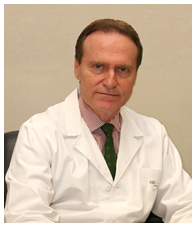
Figure 1. Professor Ottavio Alfieri (Head of the Department)
The Department of Cardiac Surgery in the San Raffaele University Hospital (Milan, Italy) performs approximately 1,500 surgeries per year, covering the widest spectrum of cardiac surgical discipline. It is the international reference center for the surgical mitral valve repair (ca. 500 cardiac surgeries per year), surgery of atrial fibrillation and heart failure. It is also a national reference center for coronary surgery on the beating heart. Minimally invasive surgical techniques are performed with robotic technology support. Major diseases treated in the Department include:
– valvular heart disease (repair and replacement, minimally invasive and percutaneous procedures),
– coronary artery bypass grafting including treatment with stem cells, laser and spinal cord stimulation,
– aortic aneurysms (traditional surgery and endoprosthesis),
– ablation of atrial fibrillation (isolated or associated with interventions such as valve replacement or myocardial revascularization),
– treatment of congenital heart disease (surgical and percutaneous techniques),
– adult congenital heart disease, obstructive hypertrophic cardiomyopathy (surgery or PEI),
– thromboembolic pulmonary hypertension (thromboendoarterectomy).
The Department is a well known research center including such areas of interest as:
– stem cells administration in postischemic left ventricular dysfunction,
– surgical mitral valve repair
– innovative techniques in aortic valve surgery including percutaneous treatment of valvular heart disease,
– intraoperative ablation of atrial fibrillation
– minimally invasive surgery of isolated atrial fibrillation (ablation and thoracoscopic resection of the appendage)
– application of genetic and genomic methods in patients undergoing cardiac surgery (outcomes research).




